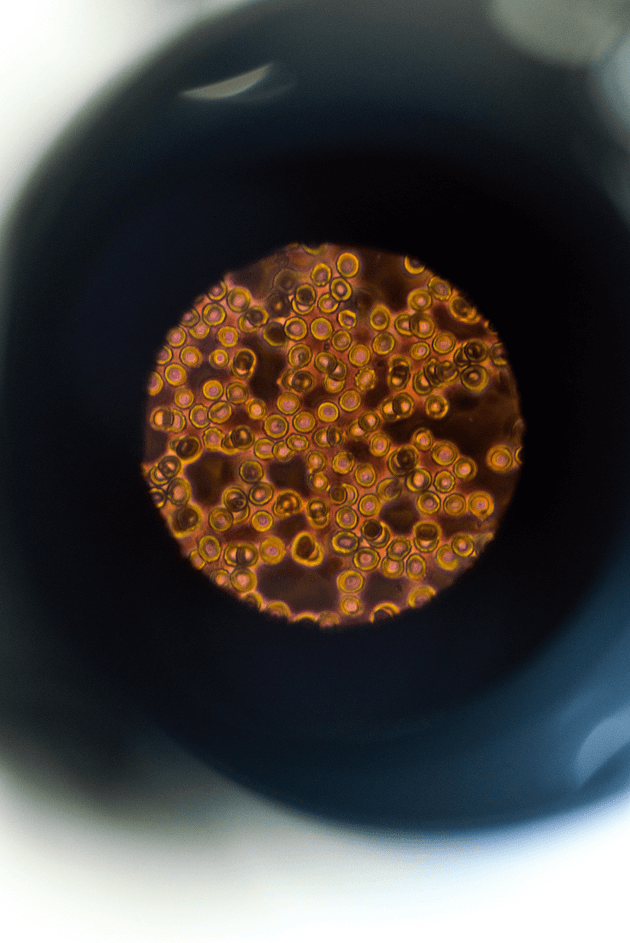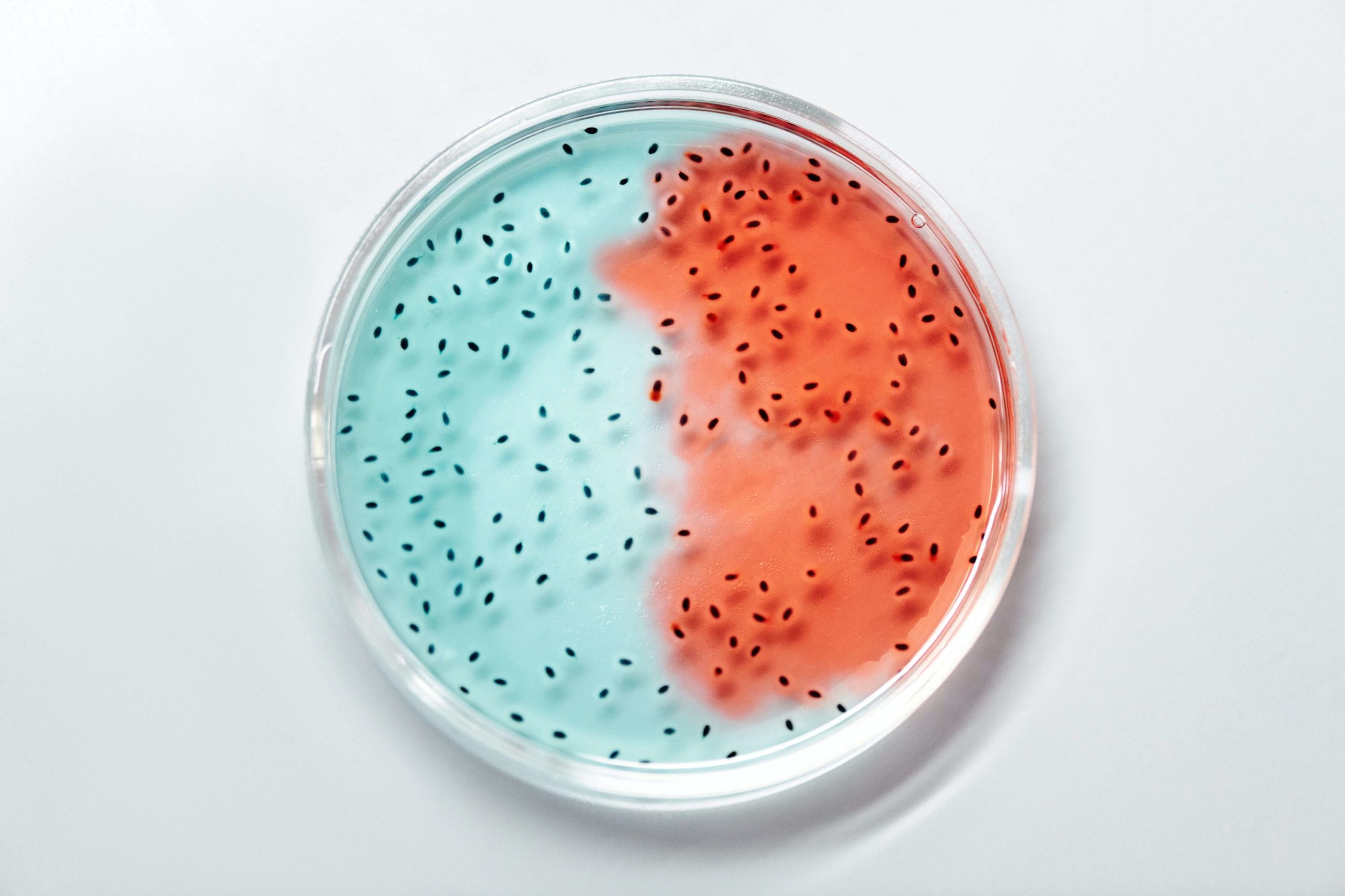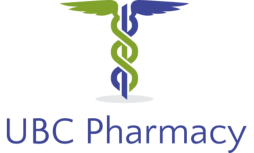UBC Pharmacy
Keeping up with science
Microbiome Research – How it is relevant to the pharmacy industry
How Microbiome Analysis involving sequencing of agriculture and rDNA in general in microbiome studies has affected the pharmacy industry.
Introduction
Professionals in the pharmacy industry always owe it to themselves to stay informed about new innovations in healthcare and molecular biology. It’s not possible to read every single research study published in the healthcare industry, but we can all agree on the importance of reviewing relevant journals on a regular basis. In particular, microbiome analysis is a very timely topic. Scientists are making new breakthroughs on a daily basis, and the already robust research base is continuing to experience exponential growth.
Here are a few of the most currently published microbiome analysis articles available for viewing online. This is by no means an exhaustive list, nor should their inclusion be considered an endorsement or an evaluation of any of the research being discussed. Molecular biology is a very complex field of study that encompasses numerous disciplines, and it bears repeating that professional disagreement is always common in academic and medical research.


Current research
The National Institute of Health discusses the potential for microbiome research as a means to continue to improve our overall understanding about a variety of common diseases and ailments. Better understanding of the ways that our bodies interact with food and other nutrients is critical to desterming the most effective strategies to combat obesity in particular, and the research also focuses on early diagnostic and treatment of cancer, type 1 and type 2 diabetes, cardio-metabolic diseases, and allergies. Digestive and endocrine health is also directly related to determining effective delivery systems and dosages of medicine. Treatment of ailments such as Crohn’s disease and type 2 diabetes often require a lot of adjustments to dosage and frequency of administration, and frequent and accurate monitoring is essential. We can never fully understand all of the way that diseases and other ailments will present in patients, but performing bacteria tests and other studies increases our general body of knowledge. This helps pharmaceutical companies develop better (and cheaper) drugs, and expedites the pricess of FDA approval and release to the market.
One of the biggest hurdles that must be overcome in all research is sharing of data, and avoiding excess duplication of effort. Traditional research was often considered privileged information at times, and it has been a long journey to get researchers comfortable with working together. But research needs to be replicated, with a specific goal of evaluating as many different independent variables as possible. Comparability of data is an important step toward developing a consistently agreed on set of standards and protocols.
An independent research review took a detailed look at many of the most significant research advances over the past 15 years, with a focus on new discoveries about behavior, interactions, and other executive function of microbes and bacteria. These advances have been the result of major cost reductions for bacteria tests, and exponential increases in available computational power. The widespread access to shared data has facilitated new discoveries on almost a daily basis, and it is now much easier to replicate studies and publish findings; with a consistent focus on selectively altering microbial communities in double-blind studies, the possibilities to evaluate different interventions is almost limitless. This is good news, because new research findings invariably create many new questions.
The conditions for increased rigor and validity in making new discoveries are more optimum than they have ever been. Some of the most significant successes include faster and more accurate clinical diagnostic procedures. Researchers are also successfully developing less invasive screening procedures. For example, tissue samples that used to require needles (or even a biopsy) to collect can now be gathered easily and painlessly from swabs or adhesives.
This research has implications for other disciplines as well. Forensic scientists can review the microbial signature of a sample to determine its origin. And on a broader scale, the research can get closer to understanding the sheer complexity of the microbiome. There is so much that we still don’t know about heredity, genetics, how diseases are spread or formed, and how we are affected by environmental factors. The research can’t answer all of those questions, but definitely creates the conditions to expand and apply our already robust research base.
Here are a few of the most currently published microbiome analysis articles available for viewing online. This is by no means an exhaustive list, nor should their inclusion be considered an endorsement or an evaluation of any of the research being discussed. Molecular biology is a very complex field of study that encompasses numerous disciplines, and it bears repeating that professional disagreement is always common in academic and medical research.
Implications for the pharmacy industry
A recent article on the Pharmaceutical Online website provides a detailed analysis of how the research base is going to inform the standards and practices for the industry. The authors discuss the implications of the rapidly growing research base, and how it is expediting the release of new products to the industry at a quicker pace than ever previously imagined.
Consumers now have much more access to current research findings, and take a lot more personal ownership in the decisions that they make to take control of their own health and wellness. Unfortunately, even the most educated and savvy consumers lack the training to understand all the nuances and interactions of their medicines and supplements. Researchers do everything that they can to factor out spurious variables in their research designs, but have limits; most medical research design is case based and qualitative for practical reasons, and might not have as much transfer for patients who don’t match the study participants’ conditions. Physicians also might not have as much direct contact with the patient after the medicine has been prescribed, and the pharmacist can be an excellent resource to monitor the and follow up the medicinal intervention in the field.

